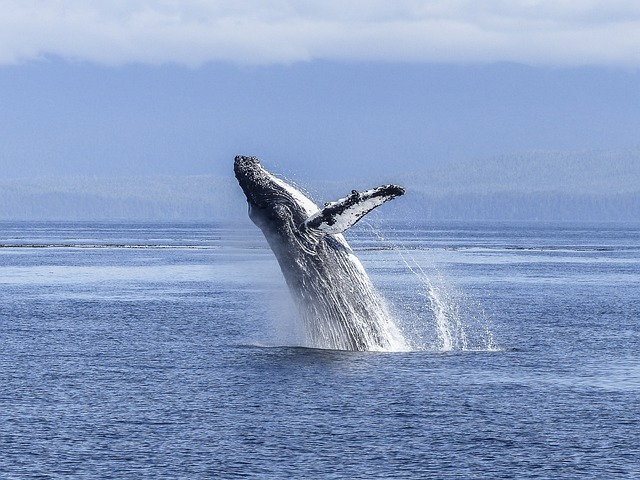The Department of Conservation is asking people to do their bit to prevent humpback whales becoming entangled in fishing gear as they migrate north along the New Zealand coastline.
Marine technical adviser Mike Ogle says humpbacks are most likely to become entangled when migrating during winter to warmer waters.
“Cray pot lines are the major cause of entanglements but nets, longlines and other ropes can also snag whales.
“Entangling can stop them moving freely, and cause injuries which may become infected after rope cuts through skin. It can also lead to a whale starving or even drowning.
“We’re asking people to collect any abandoned rope, fishing gear, lost or cut pot lines, avoid excessive slack in ropes when setting pots and stay vigilant, particularly from now till August.”
DOC has two large whale disentanglement teams – one based in Kaikōura, the other in the Bay of Islands – which are trained to safely disentangle whales using specialised equipment.
In May 2021 a humpback entangled in floats was spotted not far from Kaikōura. It took DOC and Whale Watch staff five hours to carefully remove the lines to free the whale.
“No one should attempt to cut a rope off a whale themselves as this is very dangerous,” Mike says.
“We also ask that people don’t cut off any line and floats attached to the whale as this can make it more difficult for the disentanglement team to cut any remaining rope from the whale.”
Humpback populations are naturally increasing as they recover from the commercial whaling of last century, so the number of entanglements may increase each year.
Anyone who sees an entangled whale should call DOC’s 24-hour hotline: 0800 DOC HOT (0800 36 24 68.) Being able to provide accurate location details of where the whale was seen, as well as the direction of travel, can make a big difference to the response.
If possible, keep monitoring the animal from a safe distance (at least 50 metres) until help arrives.



